March 21, 2018
Wellbeing programmes that focus on staff engagement neglect a need to address mental health
 The mental health of employees, especially those working within high pressured working environments are the number one concerns for UK CEOs. Nearly three quarters (73 percent) of respondents to the annual wellbeing report ‘Employee Wellbeing Research 2018’ from Reward & Employee Benefits Association (REBA) in association with Punter Southall Health & Protection, admitted that high pressure working environments are now the biggest threat to wellbeing. Just a third (34 percent) of respondents provide mental health training for line managers, and despite a similar percentage (35 percent) planning to introduce this training in the next 12 months, one in six (14.9 percent) say they have no plans to introduce this sort of training. Although mental health in the workplace is the top priority for almost three in five (60 percent) CEOs in the UK and the area of employee wellbeing with which their Board is most concerned, currently, the key drivers of wellbeing strategies are to improve engagement and culture. Well over a quarter (30 percent) of respondents said wellbeing strategies are primarily driven by a desire to increase employee engagement and 23 percent to improve organisational culture.
The mental health of employees, especially those working within high pressured working environments are the number one concerns for UK CEOs. Nearly three quarters (73 percent) of respondents to the annual wellbeing report ‘Employee Wellbeing Research 2018’ from Reward & Employee Benefits Association (REBA) in association with Punter Southall Health & Protection, admitted that high pressure working environments are now the biggest threat to wellbeing. Just a third (34 percent) of respondents provide mental health training for line managers, and despite a similar percentage (35 percent) planning to introduce this training in the next 12 months, one in six (14.9 percent) say they have no plans to introduce this sort of training. Although mental health in the workplace is the top priority for almost three in five (60 percent) CEOs in the UK and the area of employee wellbeing with which their Board is most concerned, currently, the key drivers of wellbeing strategies are to improve engagement and culture. Well over a quarter (30 percent) of respondents said wellbeing strategies are primarily driven by a desire to increase employee engagement and 23 percent to improve organisational culture.








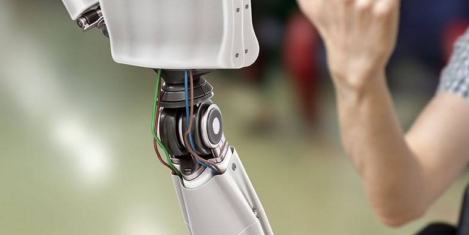
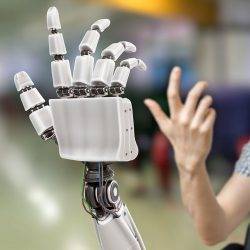

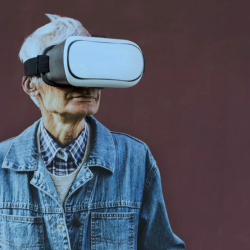 In a workplace dominated by insecurity, gig work and intelligent machines we need to improve our understanding of their potential impact on health, safety and wellbeing claims a new report.
In a workplace dominated by insecurity, gig work and intelligent machines we need to improve our understanding of their potential impact on health, safety and wellbeing claims a new report. 
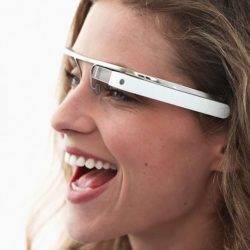

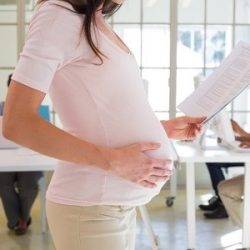 Acas has published new guidance to help employers create supportive workplaces for women during pregnancy and maternity leave. The employment advisory service says it received more than 14,000 calls last year about pregnancy and maternity issues, an increase of almost 10 percent on the previous year. The guidance offers employers advice on how to comply with the Equalities Act, which protects employees against pregnancy and maternity discrimination including how employees on maternity leave should be made aware of opportunities for promotion and training; pregnancy related absences must not be included in an employee’s absence record; and employees must not be dismissed or made redundant for any issue related to pregnancy or maternity leave or maternity pay.
Acas has published new guidance to help employers create supportive workplaces for women during pregnancy and maternity leave. The employment advisory service says it received more than 14,000 calls last year about pregnancy and maternity issues, an increase of almost 10 percent on the previous year. The guidance offers employers advice on how to comply with the Equalities Act, which protects employees against pregnancy and maternity discrimination including how employees on maternity leave should be made aware of opportunities for promotion and training; pregnancy related absences must not be included in an employee’s absence record; and employees must not be dismissed or made redundant for any issue related to pregnancy or maternity leave or maternity pay.


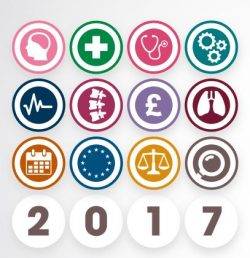

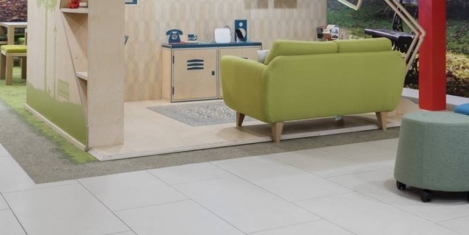


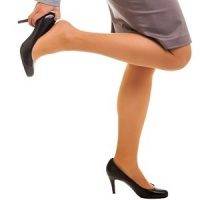









June 13, 2018
US companies are waking up to the benefits of caring for employee mental health
by Colleen O'Day • Comment, Wellbeing
More →